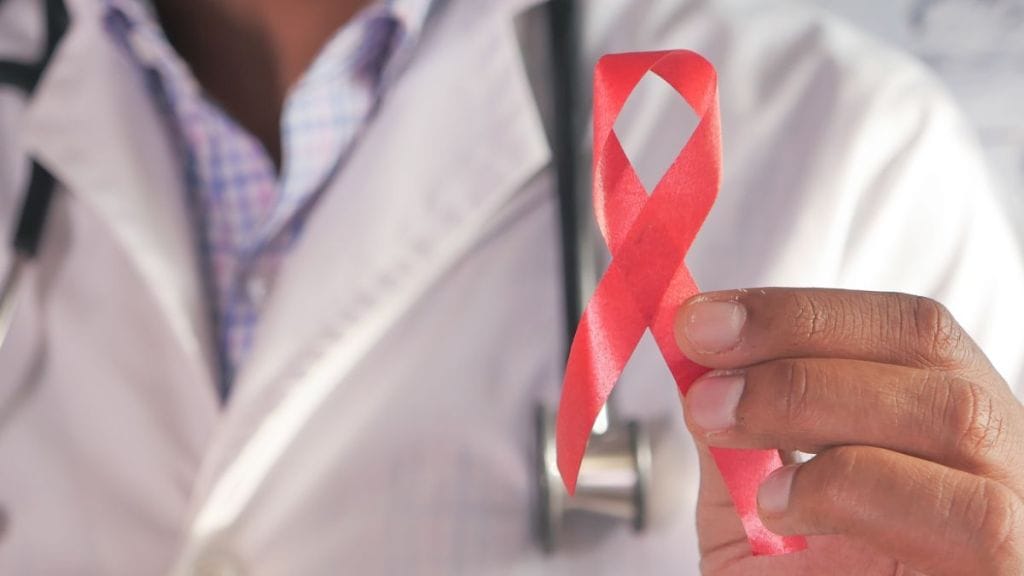GST Rate Cut on Cancer Drugs: Medical expenses especially for cancer patients and those struggling with chronic illnesses are set to go down as GST 2.0 is rolled out with effect from 22 September 2025, paving way for a healthier India.
Besides slashing GST rates on a range of life-saving and other drugs, the all-powerful GST Council has decided to remove 18% tax on individual medical and life insurance policies.
The GST Council chaired by Finance Minister Nirmala Sitharaman has recommended to cut GST from 12% to nil on 33 lifesaving drugs and medicines and from 5% to nil on 3 lifesaving drugs.
Cancer, rare disease treatment to become affordable
“GST rate will be reduced from 12% to zero on 33 lifesaving drugs & medicines, and from 5% to zero on 3 lifesaving drugs & medicines used for treatment of cancer, rare diseases and other severe chronic diseases,” Sitharaman said after the 56th GST Council meeting.
Notably, GST on all other drugs and medicines has been proposed to be reduced from 12% to 5%. The new GST rates would come into effect from 22 September 2025.
Some of the life-saving drugs that will now be cheaper include Onasemnogene abeparvovec, Asciminib, Mepolizumab, Pegylated Liposomal Irinotecan, Daratumumab, Teclistamab, Amivantamab, Alectinib, Polatuzumab vedotin, and Risdiplam among others.
“The GST Council’s recent decision of reducing GST is a public health milestone which includes 33 life-saving medicines to 0% from a whooping 12%, and on 3 critical drugs for cancer and rare diseases from 5% to 0. To add to this diagnostic kits, reagents, and medical devices now attract only 5% GST, while health and life insurance policies are fully exempted which again brings a substantial relief to the buyers bringing down the cost of premiums,” Dr Sunny Jain, Sr Consultant and HOD-Medical Oncology, Accord Super Speciality Hospital, Faridabad told Financial Express.com.
“This reform directly reduces patient and family burden, enhances treatment affordability, and strengthens the bridge between healthcare delivery and accessibility. This step has truly Aligned India with WHO’s motto of “Healthy beginnings, hopeful future” and this year’s World Cancer Day theme “United by Unique”. As an oncologist I see this as more than a fiscal reform—it is a public health revolution bringing everyone in one affordable umbrella,” adds Dr Jain.
“The sharp drop in GST on medicines—from as high as 12-18% to 5% or zero on life-saving drugs—brings us closer to affordable healthcare. FM Sitharaman’s reforms break down barriers, making essential therapies, cancer drugs, and health devices available to the public. This is a victory for patients and families fighting treatment costs, fostering better health outcomes and wider coverage,” says Jeevan Kasara – Director and CEO, Steris Healthcare Pvt. Ltd.
As part of GST Reforms 2.0, the GST Council has also proposed to reduce tax on various medical equipment and supplies devices such as wadding gauze, bandages, diagnostic kits and reagents and blood glucose monitoring system (Glucometer) from 12% to 5%.
Providing relief to common man, the GST Council has also decided to exempt all individual health insurance policies (including family floater policies and policies for senior citizens) from GST.
Health insurance becomes cheaper
“From a consumer standpoint, the immediate benefit is that it directly translates to enhanced affordability. By reducing the cost barrier, we anticipate a substantial increase in accessibility, making essential health coverage attainable for a wider demographic,” said Samir Shah, Executive Director & CFO, HDFC ERGO General Insurance Company Limited.

